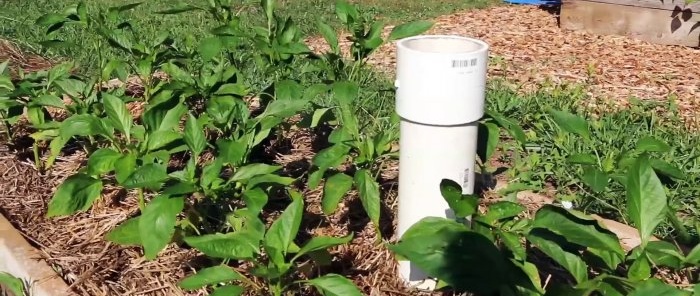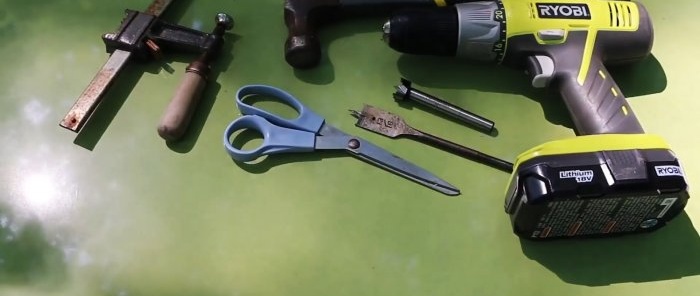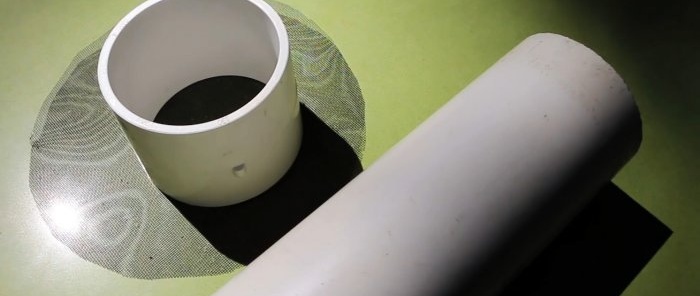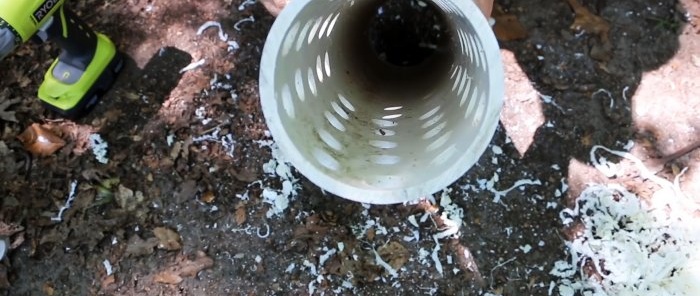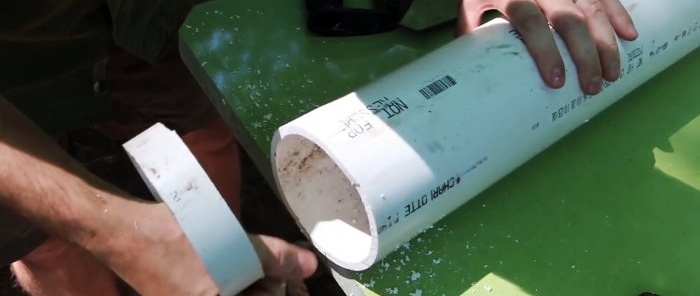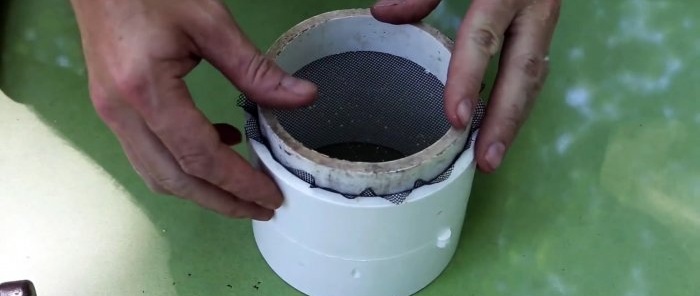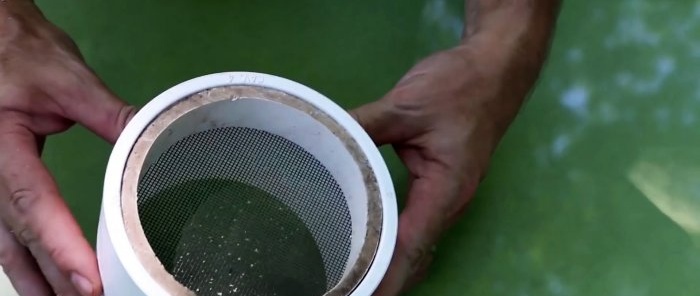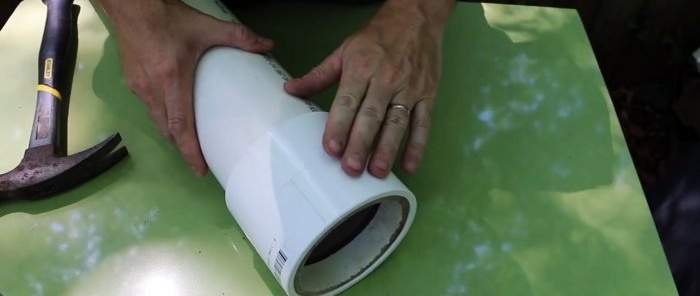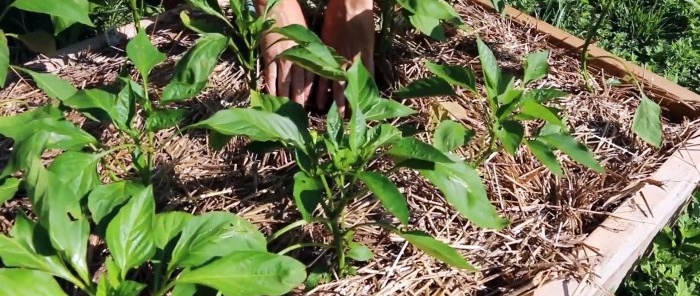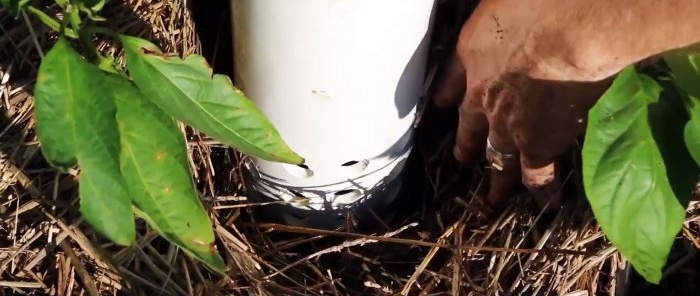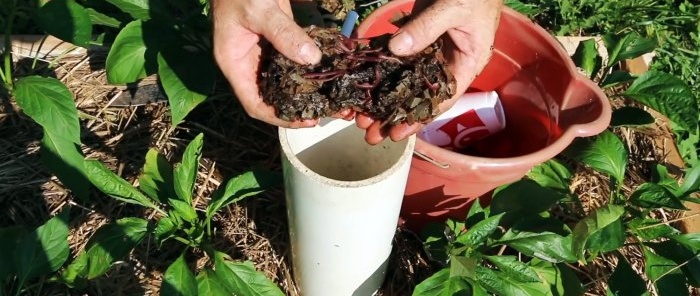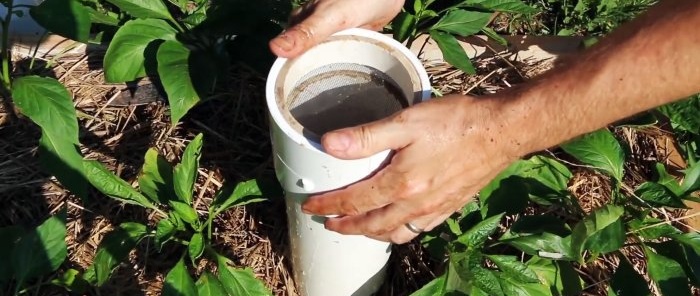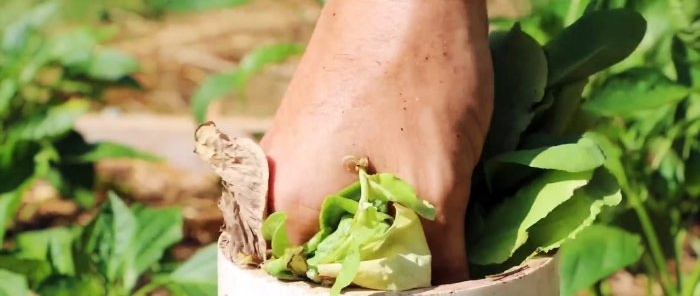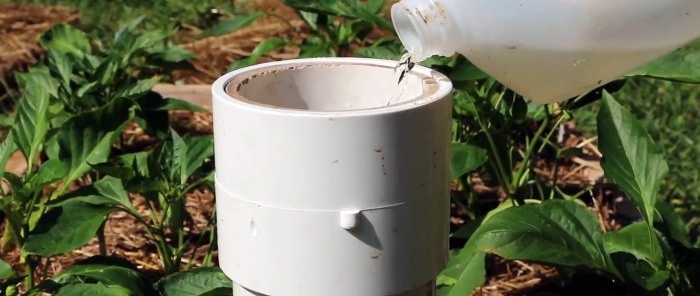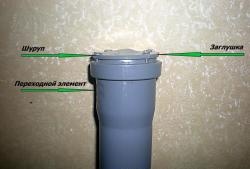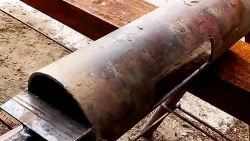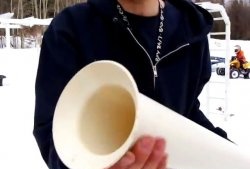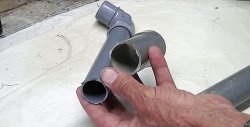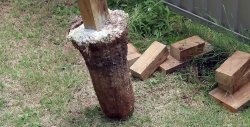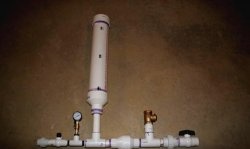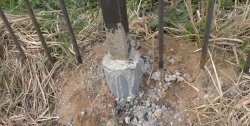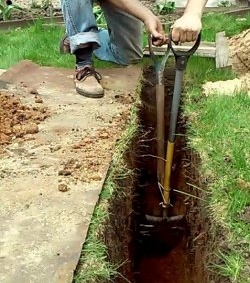How to make compost worms work for you. Making a vermicomposter from PVC pipes
Experienced gardeners and gardeners know how beneficial compost worms such as Californian ones are for the soil. They make vermicompost, on which plants grow very well and quickly without the use of commercial fertilizers. Traditionally, compost pits are built for worms to produce vermicompost from waste, after which it is collected and applied to the beds. This technology involves 2 stages. In fact, the process can be simplified by half if you do not use a common compost pit with worms, but make and install vermicomposter towers for them directly on each bed.
To make the base of the tower, a pipe 60-100 cm long is used. On one side it is necessary to make windows for the passage of worms. To do this, the pipe walls are drilled around the entire circumference at a distance of 30-40 cm from the edge.The holes are made closely. For this, a drill with a diameter of 10-25 mm is used. It is desirable that the holes are smooth without burrs.
To make a cover for the tower, you need to take a coupling and insert a short piece of pipe into it.
At the same time, a mosquito net is placed between them. It is necessary to block access to the tower of flies.
The resulting vermicomposter is installed on the bed.
It needs to be dug into the soil to the depth of the holes in the walls. Then some drainage material is placed in it. This could be hay or dry leaves. After this, the compost worms move in, and a little of the soil in which they lived is poured on top.
Next, everything is spilled with several liters of water. It is quickly absorbed, so it will not harm the worms.
After watering, a little more drainage is added to slow down evaporation, and the tower is covered with a lid.
Such a tower will be used by the worms as a center with a favorable environment where optimal humidity is maintained for them. In it they will eat cleaning and other waste, which you occasionally bring into the pipe from above. After feeding, the worms will begin to crawl around the bed, digging channels near the roots of the plants. This will improve oxygen supply to the root system. In addition, the worms will deposit waste products (vermicompost) directly under the plants.
They will begin to eat the mulch and dead weed particles on top. The presence of a tower, which periodically receives new food and water, will not allow them to disperse much beyond the borders of the bed.
The worms will periodically return to it. Thus, everything that gets into the tower will be distributed throughout the surrounding soil in the form of easily digestible fertilizer.
Materials:
- large diameter plastic PVC pipe (you can use a 110 mm sewer pipe);
- pipe coupling;
- mosquito net.
Manufacturing process of vermicomposter tower
To make the base of the tower, a pipe 60-100 cm long is used. On one side it is necessary to make windows for the passage of worms. To do this, the pipe walls are drilled around the entire circumference at a distance of 30-40 cm from the edge.The holes are made closely. For this, a drill with a diameter of 10-25 mm is used. It is desirable that the holes are smooth without burrs.
To make a cover for the tower, you need to take a coupling and insert a short piece of pipe into it.
At the same time, a mosquito net is placed between them. It is necessary to block access to the tower of flies.
The resulting vermicomposter is installed on the bed.
It needs to be dug into the soil to the depth of the holes in the walls. Then some drainage material is placed in it. This could be hay or dry leaves. After this, the compost worms move in, and a little of the soil in which they lived is poured on top.
Next, everything is spilled with several liters of water. It is quickly absorbed, so it will not harm the worms.
After watering, a little more drainage is added to slow down evaporation, and the tower is covered with a lid.
Such a tower will be used by the worms as a center with a favorable environment where optimal humidity is maintained for them. In it they will eat cleaning and other waste, which you occasionally bring into the pipe from above. After feeding, the worms will begin to crawl around the bed, digging channels near the roots of the plants. This will improve oxygen supply to the root system. In addition, the worms will deposit waste products (vermicompost) directly under the plants.
They will begin to eat the mulch and dead weed particles on top. The presence of a tower, which periodically receives new food and water, will not allow them to disperse much beyond the borders of the bed.
The worms will periodically return to it. Thus, everything that gets into the tower will be distributed throughout the surrounding soil in the form of easily digestible fertilizer.
Watch the video
Similar master classes
Particularly interesting
Comments (1)

